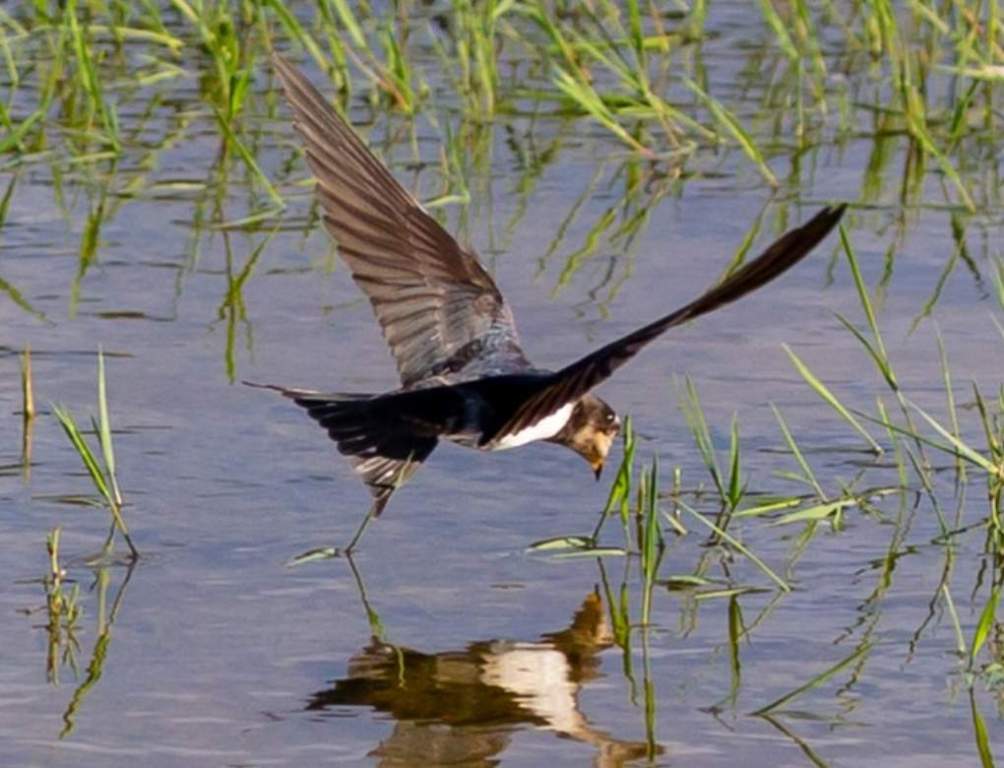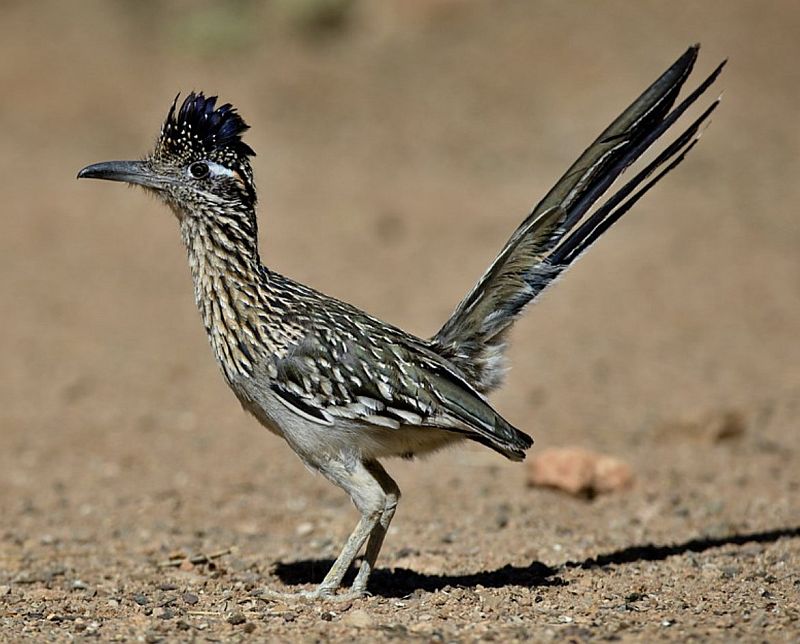Habitat: One of the most well-known breeding migrants in the Northern Hemisphere is the Barn Swallow (Hirundo rustica). The Barn Swallow reaches the northern coast of Australia in small numbers each monsoonal summer.
Australia is the end of the line for the race that breeds in eastern Asia and ‘winters’ in vast numbers through tropical Malaysia and Indonesia, from October-November to April. Although the birds may arrive in Australia all along the northern coastline, the vast majority seem to arrive in the northwest, from Derby to the Cobourg Peninsula, where flocks of up to several hundred sometimes gather.
Both in its breeding range and at wintering quarters, the Barn Swallow forages low over all types of country, particularly surface water, avoiding only thick forests. Its behaviors are reminiscent of the Welcome Swallow, roosting collaboratively on wires, buildings, and bare tree branches and spending much of its time on the wing from dawn to night.
The barn swallow symbolizes the coming of spring. Both sexes construct the nest and feed the young, but the female does most of the incubating, which takes 14–15 days. Young fledge at 17–24 days, allowing more than one brood a season.

Diet: It feeds on small flying insects such as flies, midges, and mosquitoes. It also catches insects from the surface of the water, plants, or the ground while flying and drinks by sipping as it moves.
Identification: Both sexes are identical in appearance. The upper parts are metallic blue-black. Forehead and throat: chestnut-red or yellow; blue-black band below the throat. The rest of the underparts are buff to white. Moreover, the underwing coverts are white. Deeply forked dusky tail with a white bar on the underside. The eyes are dark brown. The bill and feet are black. The immature barn swallow lacks sheen and has short tail streamers.
Vocalizations: Barn Swallow call is high-pitched, often repeated tswit or tswee; rapid twittering sounds when excited. However, the song is a mixture of rapid twittering and warbling, chiefly on the wing.
Distribution: Barn Swallow may occur anywhere across northern Australia; the map indicates regular sittings; vagrants recorded Mt Lofty Ranges, SA, and McGrath’s Hill, NSW. Breeding ranges throughout North America, Europe, and temperate Asia. The populations in the extreme south of the breeding range are apparently sedentary. Wintering grounds in tropical South America, Africa, and southern and southeastern Asia through Indonesia to New Guinea and northern Australia.
Nest and Breed: Nesting and breeding occur in March–June in Eurasia. Hence, there are often several broods in a season. Nestle a bulky cup of pellets of mud and plant fiber, lined with feathers. The nest is often placed against buildings or occasionally in cave entrances.

Eggs and Incubation: The bird lays 4 to 6 glossy white eggs, spotted with various shades of brown, lavender, grey, or dusky. The eggs are oval-shaped at the size of 20 x 14 mm. The incubation period is about 14–15 days, mostly for females. The young fledge in 18–24 days.
National Bird: It is the national bird of Estonia and Austria.
Flight: Its flight is graceful and erratic, blending swoops, glides, turns, and dives.
Alternative Names: This little bird is also known as the Chimney Swallow or European Swallow.
Size: Barn Swallow is 140–160 mm long. The tail streamers are longer in males. The weight is 0.6–0.7 oz and the wingspan is 11.4–12.6 inches.
Races: There are 6 races: one small and white-bellied, reaching Australia from eastern Asia.
Family: The barn swallow is the most widespread species of swallow that belongs to the family Hirundinidae in the genus Hirundo.
Status: The barn swallow is not endangered because to its wide range, but there may be local population decreases due to specific stressors.
Related Reading: Black-faced Woodswallow (Artamus cinereus)







